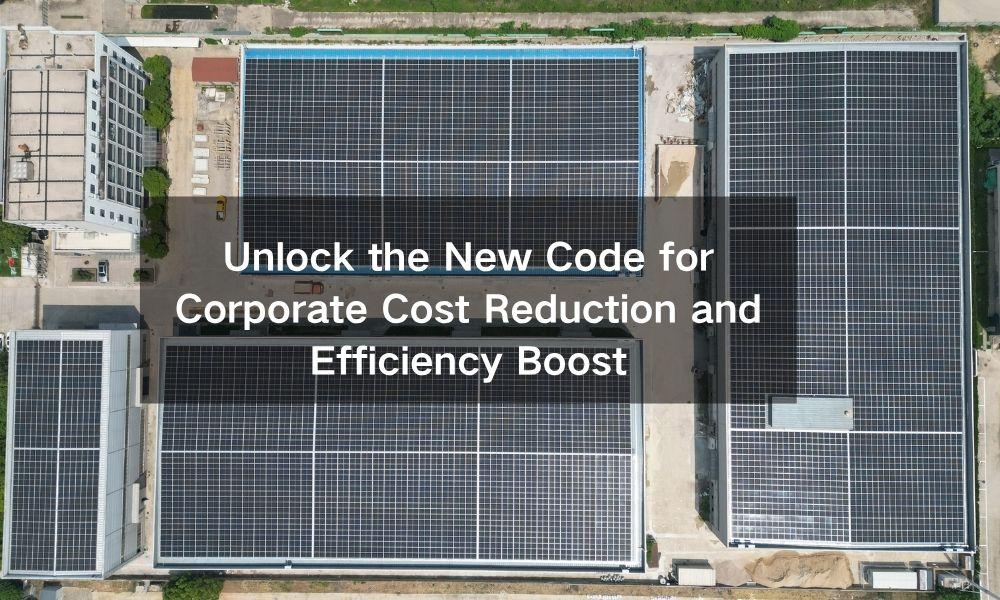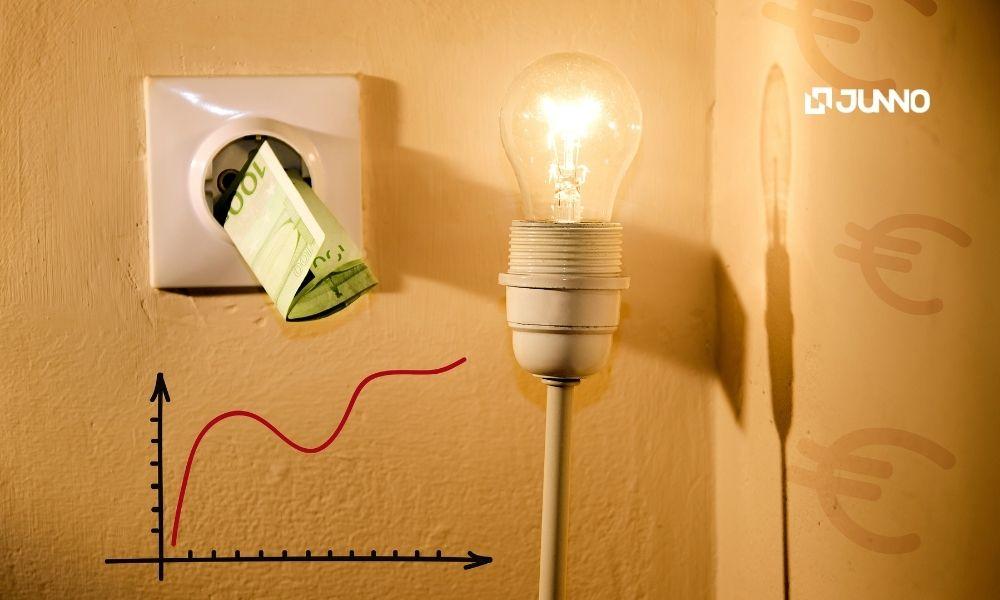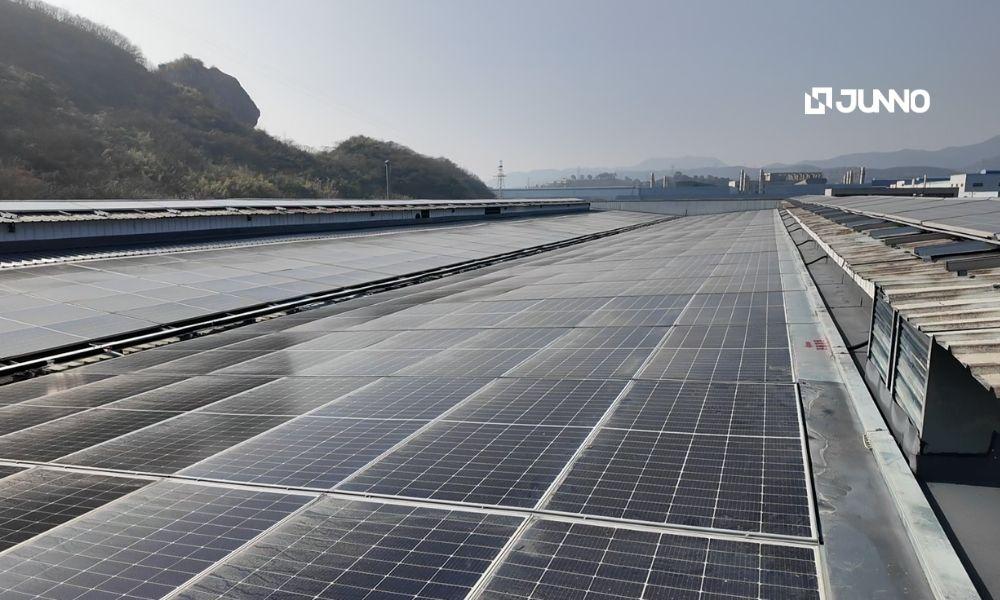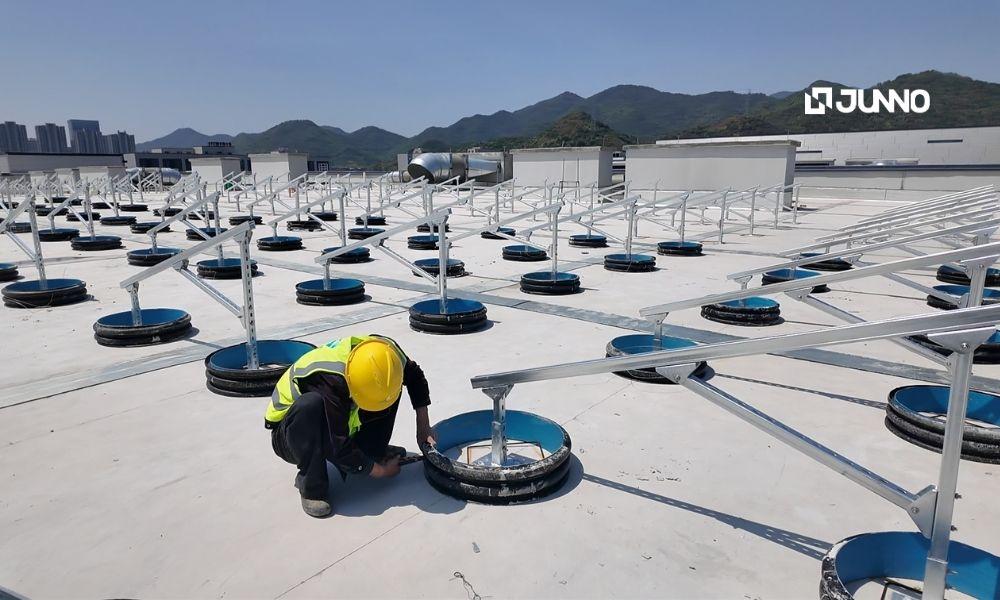Unlock the New Code for Corporate Cost Reduction and Efficiency Boost
Pain Points
Enterprises face complex power scenarios. Traditional power grid supply has hidden costs such as cable loss and transformer loss. Coupled with the pressure of peak-valley electricity price differences and tiered electricity pricing, energy expenditures remain high year after year.

Solution
Solar farms convert solar energy directly into electrical energy through a self-consumption and surplus power grid connection model, reducing losses in the power transmission and distribution process.
Advantages
1. Economic Benefits
Reduced electricity costs: Taking a 10,000㎡ roof as an example, solar systems can generate 1.5 to 2 million kWh annually, meeting 30%-50% of a factory's electricity demand.

Policy incentives: Government subsidies, tax breaks, and green electricity premiums (such as carbon trading revenues) can shorten the payback period to 5-8 years.
Rapid response: Solar systems serve as backup power sources, ensuring over 30% of essential electricity supply during grid failures and preventing production downtime losses.
2. Technological Innovations
Efficiency Enhancement: Solar panel conversion efficiency surpasses 23%, coupled with an intelligent tilt adjustment system, boosting annual power generation by 15%-20%.

Smart Operations: Real-time monitoring of generation data via cloud platforms, combined with automated dust removal by solar cleaning robots, reduces dust shading losses by 8%-30%.
Protection Enhancement: Intelligent shading devices adjust baffles according to sunlight angles, minimising high-temperature damage to inverters and other equipment while extending lifespan by over 20%.
3. Environmental Benefits
Carbon emission reduction: A 1MW solar farm reduces carbon dioxide emissions by about 1,000 tons per year, which is equivalent to planting 50,000 trees.

Solutions
1. Scientific Planning Phase
Roof assessment: Requires inspection of load-bearing capacity, orientation, and shading obstruction.
System design: Incorporate energy storage solutions to enhance overall return on investment.
2. Efficient Implementation Phase
Quick installation: Flexible mounting brackets and lightweight components adapt to scenarios such as colour-coated steel roofing and cement roofs, shortening construction cycles.

Efficient mode: Adopting a ‘primarily self-generated and self-consumed, supplemented by surplus electricity fed into the grid’ model, prioritising the energy needs of high-consumption equipment.
3. Smart O&M Phase
Big data analytics: Utilises big data analytics to assess module degradation rates, enabling proactive replacement of inefficient units.
Unmanned Operations: Photovoltaic robot clusters perform integrated module cleaning and infrared inspection tasks, reducing labour costs.
Future Outlook
With the maturation of technologies such as BIPV and the theoretical efficiency of perovskite solar cells, future enterprises will evolve into "zero-carbon production centers," achieving energy self-sufficiency and production line linkage, and realizing efficient operation.